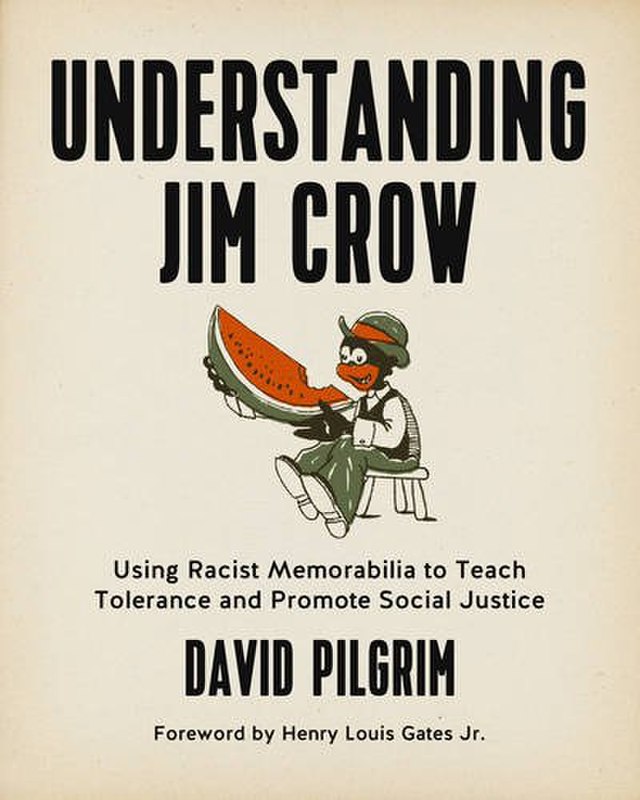African American Stereotypes
A brief explanation and exploration of African American Stereotypes in America

Since African Americans arrived on this continent, harmful stereotypes have followed them. Many misleading beliefs about African Americans date all the way back to slavery in the colonial era and have evolved in modern society.
The first displays of stereotypes of African Americans come from minstrel shows, where White Americans dressed in black face and clothes that African Americans supposedly wore. This form of theater existed to mock African Americans, displaying them as dim-witted, lazy, cowardly, superstitious and happy-go-lucky. Shows consisted of skits, dancing and musical performances. Many of the character archetypes from these shows became media tropes, such as the Mammy character.
The Mammy is a stereotype depicting a black woman who works in a white family’s home as a nurse or caretaker of children. She is typically portrayed as fat and dark-skinned with a motherly personality. The mammy character is often considered “one of the good ones” compared to other African American people. The 2011 movie The Help is a shockingly modern version of this stereotype played completely straight the movie interviews black women who spent their lives taking care of prominent southern families. The women in this film tend to be the perfect embodiment of the mammy stereotype.

The Mammy Stereotype is not the only one that originated from Minstrelsy the idea that black people are lazy and uneducated comes from these shows as well. The characters in these shows were portrayed as ignorant and lazy. For example, the character Sambo was a complete stereotype of a slave in the late 1800s being both cunning and crafty while also being unintelligent and lazy. This minstrel stereotype gained notoriety when it was adapted into a children’s book in 1898 called “The Story of Little Black Sambo” by Helen Bannerman. This book remained popular well into the twentieth century. More recently in the 1980s many stereotypes around black men emerged depicting them as social degenerates and criminals. The stereotyping of black men as criminals has a long history far too long to be covered in this brief article but the major points are as follows: the prison industrial complex and it’s convict lease system arresting free men for minor crimes and punishing them with massive fines and working on former

slave plantations, the post-civil rights era traffic stops, stop and frisk and zero tolerance policies ensnared black men into the criminal justice system leading to them being extremely overrepresented in the legal system. The excessive policing and over representation of black men in the legal system leads to them being seen as criminals in the news and popular media, this perception leads to law enforcement being harder on African American communities this harder policing leads to more arrests of black people which creates a negative feedback loop reinforcing the harmful stereotype. These poisonous ideas seep into American culture and the way people think and feel about others before they’ve eve

Stereotypes, specifically those created to attack the African American community, date back all the way to slavery times and continue to do damage to people into the modern day. The only way to fight these stereotypes is for massive systemic and societal change, change that could never undo the damage that has already been done.



